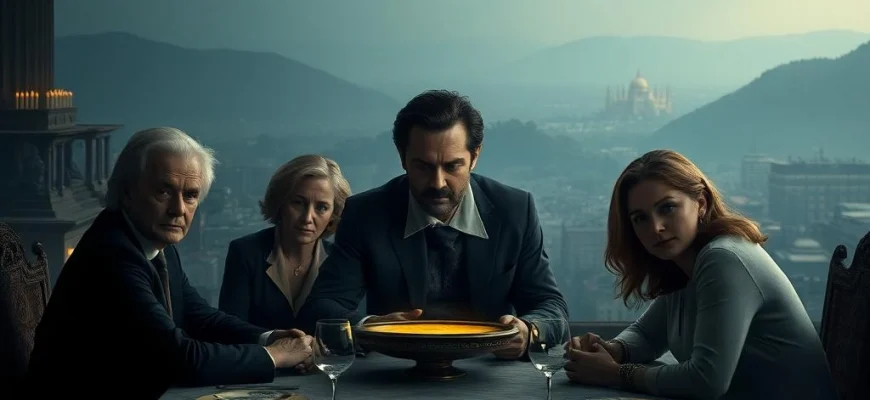If you loved the gripping drama and complex family dynamics of *The Little Foxes* (1941), you're in for a treat. This article explores 10 similar movies and shows that capture the same themes of greed, betrayal, and power struggles. Whether you're a fan of classic cinema or modern storytelling, these recommendations will keep you hooked.
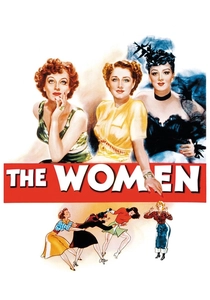
The Women (1939)
Description: A witty, all-female ensemble piece exploring themes of marriage, infidelity, and female relationships in high society.
Fact: The entire cast was female, with no male characters appearing on screen - a unique concept for its time.
 Watch Now
Watch Now 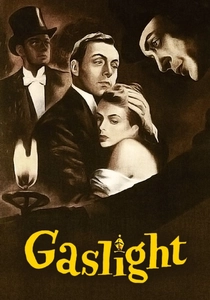
Gaslight (1944)
Description: A psychological thriller about manipulation and mental abuse within a marriage, featuring a vulnerable female protagonist.
Fact: The term 'gaslighting' entered psychological terminology directly from this film's plot about psychological manipulation.
 Watch Now
Watch Now 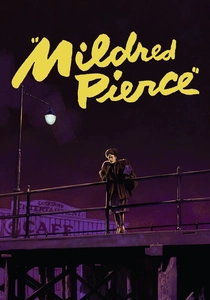
Mildred Pierce (1945)
Description: A noir-tinged family drama about a mother's sacrifices and the destructive nature of blind maternal love and social climbing.
Fact: The film was one of the first to successfully blend film noir elements with a women's melodrama, creating a new subgenre.
 Watch Now
Watch Now 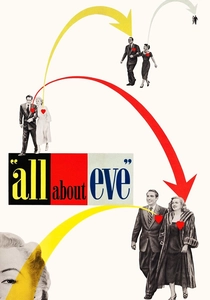
All About Eve (1950)
Description: A sharp, dialogue-driven drama exploring themes of ambition, betrayal, and the dark side of success, set in the competitive world of theater.
Fact: The film holds the record for the most Oscar nominations for a female cast, with all four lead actresses receiving nominations.
 Watch Now
Watch Now 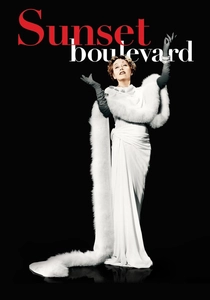
Sunset Boulevard (1950)
Description: A noir-tinged tale of faded glamour and psychological manipulation, featuring a strong-willed female protagonist navigating a toxic relationship.
Fact: The iconic line 'I am big! It's the pictures that got small.' was voted as one of the greatest movie quotes by the American Film Institute.
 Watch Now
Watch Now 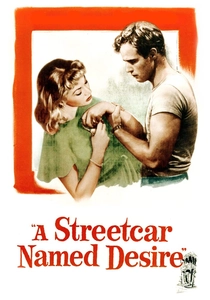
A Streetcar Named Desire (1951)
Description: A tense, emotionally charged drama delving into themes of desire, mental instability, and familial conflict, with a Southern Gothic atmosphere.
Fact: The film was groundbreaking for its frank depiction of sexuality and mental illness, leading to heavy censorship battles.
 Watch Now
Watch Now 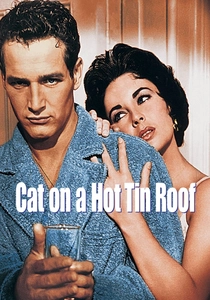
Cat on a Hot Tin Roof (1958)
Description: A searing family drama filled with repressed emotions, unspoken truths, and power struggles within a wealthy Southern household.
Fact: The film's original ending was changed from the play to comply with Hollywood's Production Code, altering the story's resolution.
 Watch Now
Watch Now 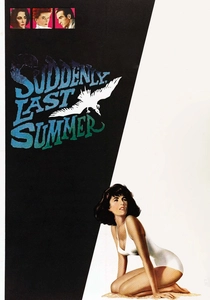
Suddenly, Last Summer (1959)
Description: A psychological thriller exploring themes of greed, manipulation, and dark family secrets, with a gothic Southern setting.
Fact: The film's controversial subject matter made it one of the most talked-about movies of its time, pushing boundaries of censorship.
 Watch Now
Watch Now 
What Ever Happened to Baby Jane? (1962)
Description: A chilling exploration of sibling rivalry, faded fame, and psychological torment, featuring two strong female leads in a battle of wills.
Fact: The film sparked a revival of interest in psychological horror and marked a comeback for its two legendary lead actresses.
 Watch Now
Watch Now 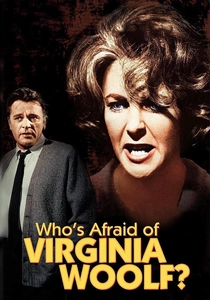
Who's Afraid of Virginia Woolf? (1966)
Description: A brutally honest portrayal of marital strife and psychological gamesmanship, featuring razor-sharp dialogue and emotional intensity.
Fact: The film was controversial for its use of profanity, becoming the first movie to use the word 'bugger' in American cinema.
 Watch Now
Watch Now 
